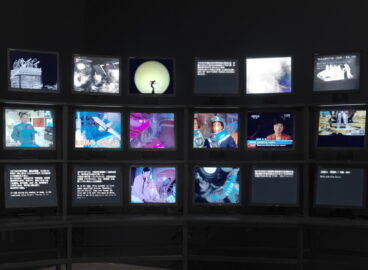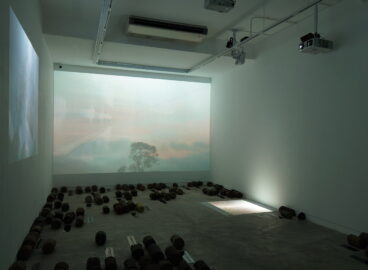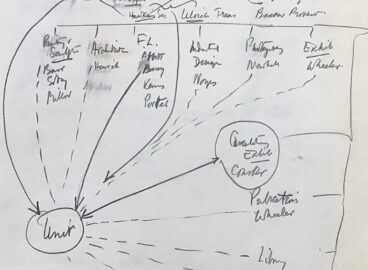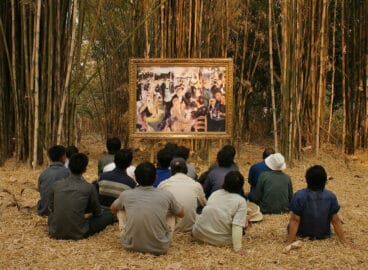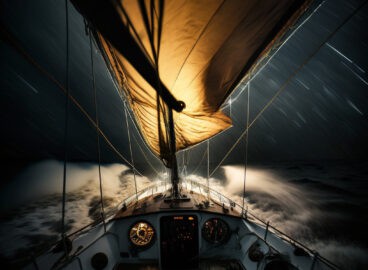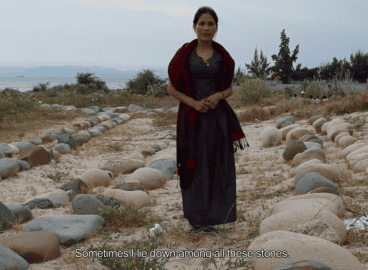Au Sow Yee: The Fate of the Post-Heroic Perwira
Au Sow Yee’s three-part video series The Extreme Journey of Perwira and the Calm Sea: In 3 Acts (2019–22) begins with a karaoke session. An introductory xylophone sequence announces the unfamiliar Song of Departure: a mash-up of lyrics and melodies from a Taiwanese conscription tune and cinematic theme songs. In conventional karaoke fashion, synchronized textual cues (in Japanese, Chinese, and English) accompany a montage of images, and from the song’s main refrain, we learn of its premise as well as its protagonist: ぼくらのハリマオ | 我們的 Harimau—in English, “our Tiger.”


